If you are wondering how to lose extra pounds, not only in a hurry, for some celebration, to fasten your favorite outfit, namely -
Let's understand what proper weight loss means and how you can lose weight
If you're still at your unwanted weight despite all previous attempts to lose those hated pounds, then you've most likely been losing weight the wrong way. How to lose weight properly?
Obviously, the kilos don't come back and of course without harm to health, because no one wants to be slim, but no one wants to pay for the achieved results with wounds and taking medication for the rest of their lives.
Improper weight loss leads to obesity
Nutritionists increasingly cite improper weight loss as one of the main causes of the obesity epidemic. The more people try to lose weight, the more weight they gain. Too bad, boring, but true!
Obviously, the problem lies in weight loss methods that are harmful to the body, which at best leads to the return of lost pounds, and at worst to health problems.
So let's take a look at how to lose weight properly and stay with your results forever! For you, we have put together TOP 10 principles of proper nutrition that will help you get in shape even without dieting.
Systematically, confidently and consciously following these tips, you will enjoy every meal, you will not have to strictly limit yourself in food, and at the same time, excess weight will leave you without the painful feeling of hunger and strong suppression of appetite, known to everyone who has been on a diet.
Principle 1. Lose weight slowly and properly
Let's immediately agree with you (and again you with yourself) to forever forget about tempting diets a la: 10 kilograms in 10 days, minus 5 kg per week, etc.
Of course, if you make a lot of effort, gather willpower and do not jump from a strict mono-diet (most likely it will be one of its variants), then it is quite possible that you will even achieve the promised result.
But it will have nothing to do with the question of how to lose weight correctly. In this case, another question is relevant: at what price?

It is impossible to eat buckwheat and cabbage leaves all your life, it is unthinkable to give up carbohydrates forever. As soon as the eliminated food products are back in your fridge, on your table, on your plate, the pounds you have lost so hard will not wait long.
Principle 2. How to lose weight properly - the calorie counter knows
Anyone who wants to lose weight effectively, that is, seriously and for a long time, should remember two important words: "number of calories". And it doesn't matter where they come from.
- If you take in more calories than you burn, your weight increases.
- If you burn more calories than you consume, your weight decreases.
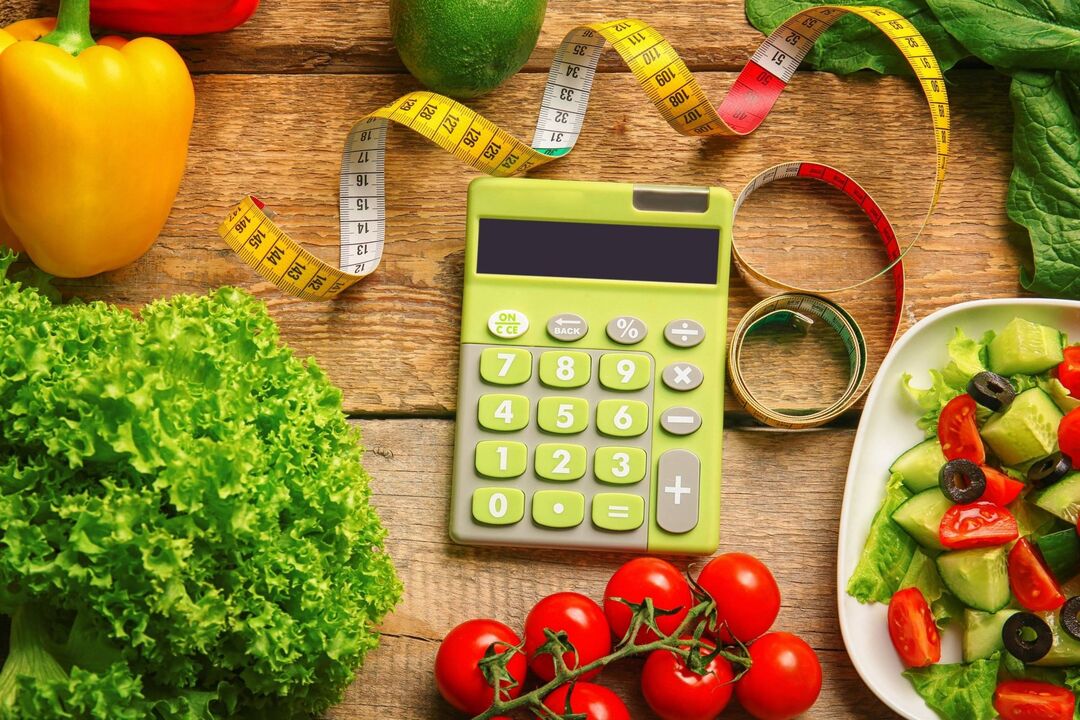
Therefore, the goal of any diet is to reduce the number of calories you consume with food. This can be done in several ways: you can choose foods that have fewer calories, you can eat less in general, or you can combine both methods in a way that works for you.
However, too sudden reduction in calorie intake is the reason for many unsuccessful and therefore wrong attempts to lose weight.
- If you skip meals or don't feel satisfied because your portions are too small, you will feel hungry and constantly crave snacks or high-calorie foods.
- If you have ever been on a diet for at least a week, then you know how the psycho-emotional background suddenly worsens, the mood worsens, irritability appears for any reason, which leads to the fact that a person lashes out at family and friends.
Principle 3. The right way to lose weight while being well-nourished is to eat small meals often.
The simplest strategy for proper weight loss is a combination of three small nutritious meals with a snack in the middle of the day and in the evening. As a result of this food system, you have as many as five meals a day!
Agree, this is much better than skipping breakfast, lunch or dinner. Frequent meals prevent the development of hunger, and small, dense, nutritious portions ensure that you consume enough nutrients without excess calories.
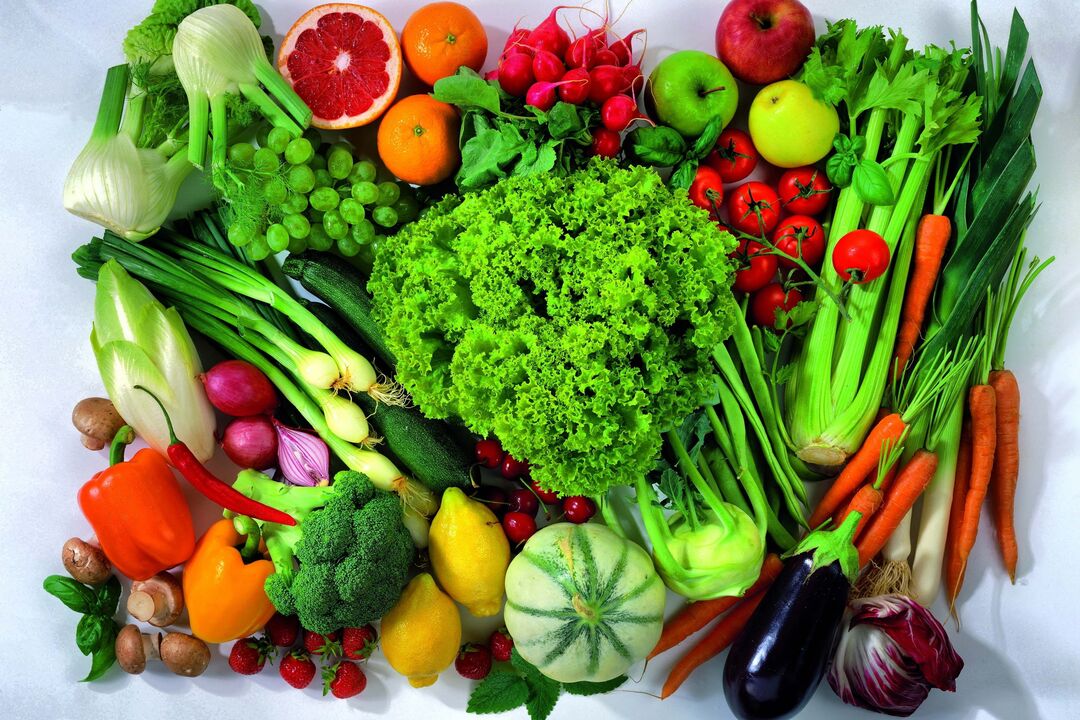
Keep in mind that three small meals plus snacks are not the same as a chewing habit. It involves constantly eating something throughout the day without taking into account hunger and fullness. This eating behavior leads to excess calories and weight gain.
Frequent split meals will prevent you from falling into the despair and despondency of a starving person. After all, very soon you will be able to snack again, how and with what - the following principles will tell you.
The main thing that people who lose on this system note is that they never ate as much as during such weight loss. And it is easier for the body to part with fat reserves: frequent meals not only speed up the metabolism, but also signal to the body that there is nothing to fear, there is no threat of hunger and there is no need to store for future use.
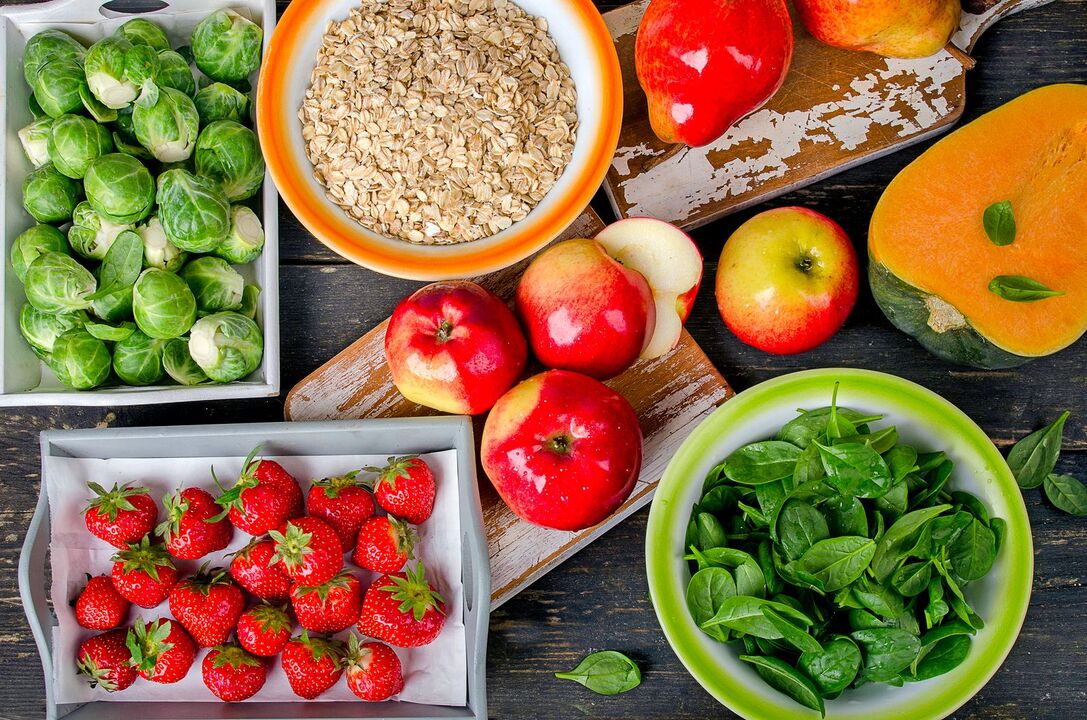
Here are simple and easy-to-implement tips that will make it easier for you to eat five meals a day and make them as varied as possible:
- Plan ahead what you will eat during the day, including snacks. It is better to do it the day before.
- If you decide to lose weight the right way, feel free to take healthy food with you to work or school in suitable, hermetically sealed containers.
- In the evening, prepare food for the new day. Then you can always eat foods with pre-calculated calorie content, instead of buying snacks and other high-calorie products that are first available in stores when you want to eat.
- Don't rely on the same foods as snacks (such as bananas or apples), even if you really like them. Monotony is also a type of starvation. Five divided meals a day and plenty of food with low calorie content and glycemic index allow for a varied diet, while staying within the chosen daily "calorie corridor".
Principle 4. To lose weight properly, do not deprive yourself of nutrients, just choose their optimal proportion
Changing the composition of nutrients in the diet and the effect of such experiments on the acceleration of weight loss is still the focus of many nutritionists. Let's dwell on this question in more detail, because many diets preach: give up carbohydrates, remove fats from your diet, fill up on proteins - and slimness is guaranteed.
- In general, the recommended macronutrient distribution range suggests that 45 to 60% of calories will come from carbohydrates, 20 to 35% from fat, and 10 to 35% from protein.
- Some nutrition experts believe that a healthier approach to weight loss is to increase protein intake to 45% and reduce carbohydrate intake to 25%.
- Numerous studies show that protein diets cause greater weight loss than high-carbohydrate diets with the same number of calories. And also that a diet with less carbohydrates and more protein prevents weight gain after reaching the target value.
Carbohydrates - enemies or friends for those who decide to lose weight properly?
The theory that carbohydrates cause weight gain and therefore reducing the amount of carbohydrates in the diet leads to weight loss has gained a lot of popularity and a lot of followers.
Surely you or someone around you has tried to lose weight on a low-carb diet. Although it is impossible to completely eliminate carbohydrates from the diet, you can sharply reduce their consumption, so it would be more correct to call this type of diet low-carb.
According to scientists, increased consumption of sugar-sweetened carbohydrate-rich beverages correlates with weight gain seen in both children and adults in recent decades. It is logical to assume that increasing the consumption of carbohydrates also increases the waist circumference. But how exactly do carbohydrates affect body fat growth?
Some researchers claim that it's all in the insulin, others that it's all in the foods with a high glycemic index, and still others that carbohydrates change the hormones that suppress appetite, which is why you feel hungry after consuming foods with carbohydrates.
The body needs insulin to process glucose. After eating, it reacts to an increase in the level of glucose in the blood and transports it to the cells.
The more carbohydrates a person consumes, the more insulin they need to maintain normal blood glucose levels. But that's not the only function of insulin. This pancreatic hormone also stimulates fatty acid synthesis and lipogenesis in the liver.
Excess glucose that is not converted to glycogen and not used for energy is converted to fatty acids and stored as fat.
Theoretically, the more carbohydrates that are taken into the body, the more insulin the pancreas secretes and the more likely glucose is to be stored as fatty acids in adipocytes (fat cells).
Insulin also prevents beta-oxidation of fatty acids by inhibiting lipolysis of stored fat in adipose tissue, which causes fatty acid retention in adipocytes.
Thus, the effect of insulin on lipid metabolism creates a tendency towards fat concentration. To avoid elevated insulin levels, it makes sense to switch to a low-carb diet.
But there is another side of the coin. The composition of the diet can affect the production of hormones that suppress hunger. As a reminder, hunger increases as ghrelin levels increase, and decreases as leptin levels increase.
Choose carbohydrates with a low glycemic index
The evidence supporting the idea that carbohydrates contribute to weight gain is promising. . . But!
When researchers tested the effects of high-calorie diets that were either high-carb/low-fat or high-protein/high-fat/low-carb on weight loss, they found no benefit for the high-protein diet: weight losswas the same!
In addition, restricting carbohydrates significantly reduces diet quality and food choices in general. Remember what you ate when you were on a low carb diet?
It is very difficult to sit on a strict low-carb diet and at the same time lead an active lifestyle: work, study, drive a car, play sports.
"A diet based on a slight restriction of daily calories (10-15% of the usual level) and a significant restriction of foods with a high glycemic index works well. First of all, it is sugar and products containing sugar. Plus a fractional diet and less red meat. "
If you really wonder how to lose weight properly, remember these simple rules:
- A balanced diet for weight loss should include whole grains, legumes, fresh fruits and vegetables and as few carbohydrates as possible with a high glycemic index.
- Leave the simple carbohydrates on the store shelf, and take the complex ones with you.
- If you add foods rich in saturated fats to your diet, such as whole milk, whole milk cheese, fatty meat, butter, they affect your cardiovascular system. Replace them with white meat, skinless chicken, fish, nuts and oils, which are not only good for your waistline, but also for your health (but remember: even unsaturated fats contain nine calories per gram, so don't eat too many nuts andoils, no matter how healthy they are - it's too easy to overdo the calories).
- The best combination for weight loss is low-calorie food: fruits, vegetables, cereals, some protein and some fat. This is a combination that has all five major food groups, is well balanced and can meet nutritional needs.
Principle 5. When losing weight properly, volume matters.
In this case, we are not talking about your forms, but the contents of your plate. Both main meals and snacks should be large enough to keep you feeling full and satisfied.
A healthy diet with a proper weight loss strategy includes:
- consumption of food with low energy density and large volume;
- rejection of food with high energy density and small volume, which can easily fill the daily caloric intake, but still does not make you feel full;
- emphasis on low-calorie "bulk" food: vegetables with a high water content and fruits, which will allow you to quickly start feeling full and reduce hunger, and thus the number of calories consumed.
In fact, if you eat a big plate of salad at the start of a meal—large amounts, low in energy density—you'll likely end up consuming at least 10% fewer calories than you would otherwise.
You can achieve a similar effect if you add vegetables to soups and sandwiches - the portion size will increase, satiety will occur earlier, and you will consume less energy-dense food.
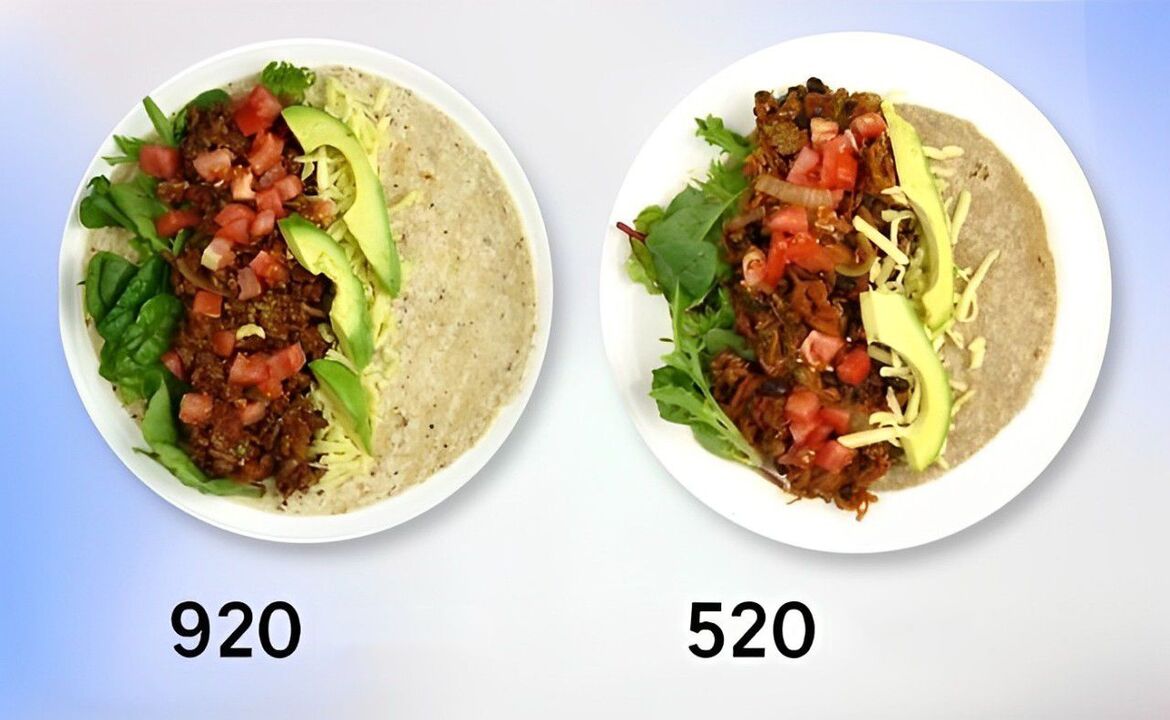
Energy density of food
- low:These foods have seven tenths to one and a half calories per gram and are rich in water and fiber. Examples include most vegetables and fruits, including tomatoes, cantaloupe, strawberries, broccoli, and cauliflower. And soups with light broth, yogurt and fresh cheese.
- average:These products contain from one and a half to four calories per gram, plus they contain less water. These include baked goods, hard-boiled eggs, dried fruit, fillets, hummus, whole grain bread and cheese.
- high:These foods have four to nine calories per gram and are low in water. These include chips, cookies, crackers, cakes, butter, butter, fatty meats and bacon.
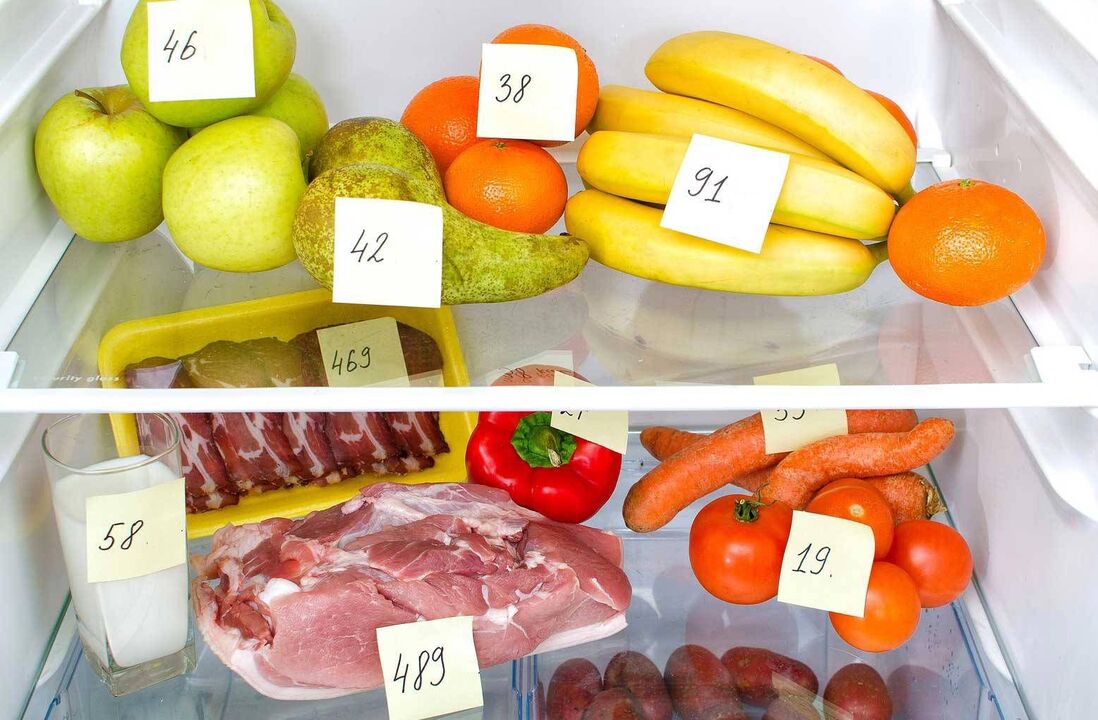
The main thing to remember is that the basis of the diet should be food not too high in energy density with a high fiber and water content, and the rest can be eaten little by little - and as a result, your diet will be balanced and your weight will fall.
Principle 6. Fiber and water will help you lose weight properly
Fiber promotes satiety and is found in most fruits and vegetables. It has been proven that overweight people consume less of it than people of normal weight. This is why fiber-rich foods are a key part of a weight loss diet.
It has long been true that when losing weight it is recommended to drink more water.
Let's add some useful tips for every day:
- You drink non-carbonated drinking water, without flavors and additives (as a rule, they are all sweet, that is, they contain carbohydrates that you do not need);
- Always carry a bottle of water with you in your bag, keep it handy in your car and on your desk;
- It is not recommended to drink a glass in one gulp, it is better to drink in small gulps and often;
- the water must not be too cold, room temperature is optimal;
- If you drink half a glass of water 10-15 minutes before eating, you will probably eat a little less.
"Overeating is one of the main causes of obesity. The problem is that a person gets used to the feeling of fullness in the stomach, and then completely stops noticing it. That's why it's important to develop healthy eating habits. "
Principle 7. Leanness starts in the gut - how to lose weight properly using microbiome knowledge
Eating more plant-based foods changes the bacteria in your gastrointestinal tract in a way that can positively affect weight.
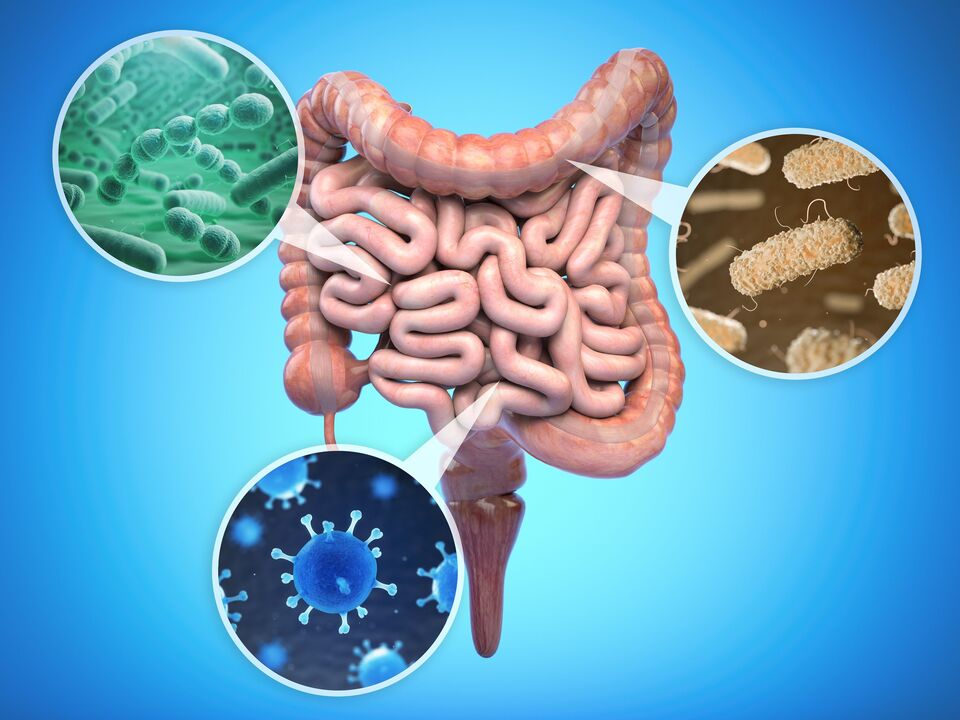
The term "microbiome" itself refers to the billions of microscopic organisms that live in the human body, including the gastrointestinal tract, skin, lungs and genital tract, and oral cavity.
Most of them are concentrated in the large intestine, where they are involved in metabolic functions.
For example, gut bacteria quietly do many beneficial things for humans:
- digestive aid;
- affect metabolism;
- extract energy from undigested food;
- synthesize vitamins, including vitamin K;
- regulate the composition of adipose tissue;
- control the release of peptides in the gastrointestinal tract.
More than a thousand species of bacteria live in the intestines. They vary from person to person, regardless of age, gender, ethnicity and body mass index.
Recently, scientists discovered a link between certain bacteria and obesity. If this is true, can we change the makeup of our gut bacteria and stop the obesity epidemic?
The way you eat, both long-term and short-term, determines what bacteria you will have in your gut and how they will manifest.
Dietary changes affect bacterial metabolism and the body's immune function by fermenting nutrients and altering the gut barrier – allowing bacteria and other gut organisms to enter the bloodstream, turning certain genes on or off.
By understanding the role of diet and gut bacteria, new approaches to obesity prevention can be found.
Principle 8. How to lose weight properly? On the move!
Regular physical activity not only naturally increases the daily caloric deficit needed for weight loss, but also helps to reduce sedentary habits, which are often accompanied by the desire to chew something. Walking burns calories. Sitting in front of the TV with a bag of chips, on the contrary, you are typing.
People are advised to spend an hour to an hour and a half a day doing moderate physical activity, which can help prevent weight gain or promote weight loss.
Moderate physical activity is walking at a speed of five kilometers per hour and its equivalents: light gardening, cycling, swimming.
The longer you exercise, the more oxygen is used and the higher your metabolism. Accordingly, more calories are burned during the day, even at rest.
Well, if you combine cardio and strength training, your metabolism will speed up even more - muscles need more energy. Keep in mind that a person who weighs more than 70 kg will burn more calories, and a person who weighs less will burn less.
Research shows that walking ten thousand steps a day (that's about seven kilometers) is enough to significantly reduce the risk of obesity. But people walk on average between nine hundred and three thousand steps, and to increase that number to ten thousand, most need to make a conscious effort.
Principle 9. Will you lose weight the right way? Understand the essence of aerobic and anaerobic exercise
Even if you are very far from sports, in order to start the path of proper weight loss, you need to regulate your life not only by diet, but also by movement.
It is not necessary to set sports records, it is only advisable to increase physical activity, but not on a whim, but completely consciously and purposefully. You can only move for so long, but mind you, it's not without reason that there are specific groups of exercises for weight loss.

So what are the potential benefits of different types and different intensities of exercise in the context of weight loss?
- Aerobic exercise is physical activity of low to moderate intensity that triggers aerobic reactions to produce adenosine triphosphate. Carbohydrates, fats, and proteins provide energy for aerobic exercise, whether it's brisk walking, jogging, hiking, or skiing.
- Anaerobic exercises include weight lifting, brisk running, jumping rope, and stair climbing. They are more intense than aerobic, plus they last less, because they simply cannot be sustained as a lower intensity load. With anaerobic exercise, less fat is oxidized and more glycogen and glucose are used for energy production.
Although aerobic exercise (moderate physical activity) has many health benefits, such as helping to control blood glucose levels, lowering blood pressure, and increasing high-density lipoprotein levels, especially in overweight and obese individuals, research shows that in the context of weight loss, it providesinsignificant results.
Combine exercises and lose weight properly
In a recent study conducted at the American Duke University (Durham, North Carolina, USA), scientists observed subjects (there were more than two hundred volunteers) with overweight and obesity. The first group did aerobic exercises, the second with weights, the third combined both.
The first group ran twenty kilometers a week on a treadmill or other equivalent activity. The second group worked with weights three times a week: three sets per day, eight to twelve repetitions per set. A third group did both.
After ten weeks, the first and third groups lost more weight and fat than the second. It is interesting that the third group also had a significant reduction in waist circumference, which was not observed in the others.
Another study tested the hypothesis that short-term aerobic activity combined with anaerobic exercise guarantees better results than aerobic activity alone.
Sixteen obese people were divided into two groups. The first did half an hour of aerobic exercise for four weeks, while the second did twenty-five minutes of aerobic exercise and another five minutes of anaerobic exercise.
These five minutes resulted in a significant reduction in body fat compared to the results of the first group.
Total body fat, visceral fat and abdominal fat also decreased significantly. Add anaerobic exercises to your training and accumulated fat will be broken down more actively.
It is also important to choose the right exercises, with a heavy weight, so as not to harm yourself.
Principle 10. Do not deviate from your plans: motivation and self-confidence are the main thing in implementing a plan to lose weight properly
How many good weight loss initiatives have failed not because of the impossibility of losing weight, genetic predisposition to overweight and other excuses that overweight people make, but because of banal laziness.
If you seriously decide that this time will be the last, be consistent and methodical. It's not that difficult, and it can turn into an exciting quest, especially if you manage to awaken the passion for sports and the will to win.

How to do it? Here are some tips:
A food diary or food diary will be of great help in systematizing the process of losing weight according to the rules described above and, most importantly, in increasing motivation.
A food diary will allow you to track what you eat during the day, when, where and how much, what mood you are in and how strong your physical hunger is. Using this information, you can change your environment, your reactions to it, or both to improve your eating behavior and change your weight.
Even if you've been carrying extra pounds your whole life, it can only mean one thing: all your attempts to lose weight weren't right for your body. Try again by adopting the 10 principles of how to lose weight properly!






























